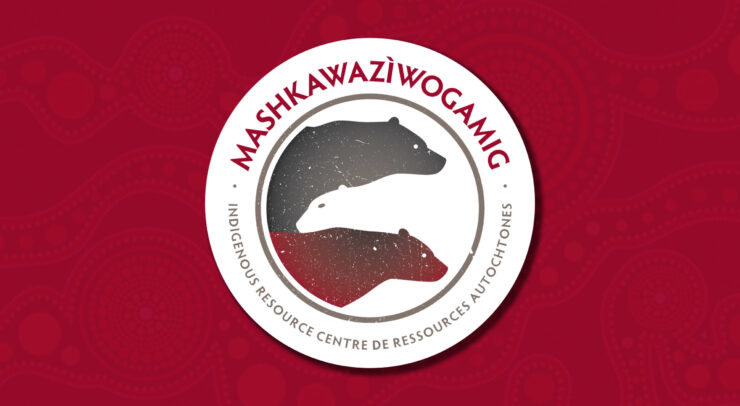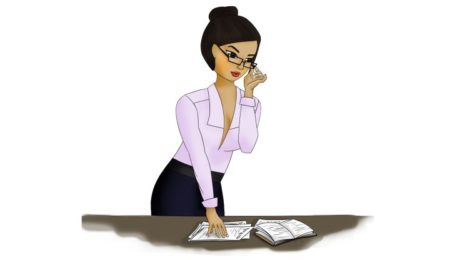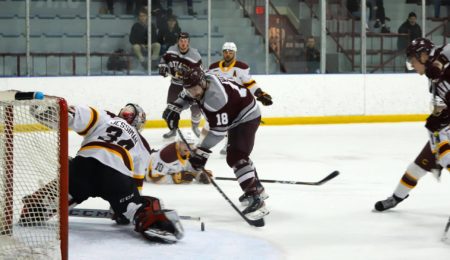According to Statistics Canada, finds that people of Aboriginal identity makeup less than 2 per cent of STEM positions
Outlined in the Indigenous Resource Center’s (IRC) 2019-2024 Indigenous Action Plan (IAP) is the University of Ottawa’s plans to integrate Indigenous knowledge and representation into all areas of the University. One area of focus, in particular, is in Science, Technology, Engineering, and Mathematics (STEM).
One of the main ways the IRC has been supporting Indigenous students in STEM is by providing speaker series where influential speakers discuss Indigenous knowledge and identity. More recently, the IRC hosted a speaker series on Black Lives Matter x Indigenous Sovereignty focused on the intersections of the Black and Indigenous solidarity movements.
Focusing on finding innovative ways to have more Indigenous representation in STEM is the IRC’s next priority. The IRC has focused its attention on encouraging more Indigenous students to pursue degrees in this field.
Statistics Canada, finds that people of Aboriginal identity makeup less than two per cent of STEM positions.
Grace Salomomie a second-year Inuit biochemistry student is one of the few individuals aiming to work in a STEM field and talks about the Indigenous mentors that motivated her.
“Once I met up with Donna May Kimmaliardjuk, a cardiothoracic surgeon, I realized this is somebody who’s doing something really cool. And somebody who’s like me, right? It really pushed me towards what I’m doing now,” said Salomomie.
“It’s tough being the only person doing what you’re doing. Because you know, people will ask you questions, and sometimes I feel almost tokenized.”
“We have worked with Let’s Talk Science and the Verna J. Kirkness Science and Engineering Program in the past to offer programming that promotes STEM and encourages Indigenous youth to consider it as a field of study, but it’s an area where our people are underrepresented,” said Jerome Lanouette, director of Indigenous affairs.
“Some of the students are feeling disconnected because they’re away from their community.It’s the first time they’ve been away from their home community and there’s that culture shock,” said Lanouette.
STEM promotion in high schools is one way Lanouette hopes to boost representation.
“A lot of our Indigenous students are underrepresented in STEM. But some of the targeted recruitment that we want to move forward on in [the] next upcoming year or two is focusing on high school students that have that drive to become an engineer.”
He explained many Indigenous youth have interests in power generation and water filtration systems in their home communities and have worked hard to educate themselves on the various aspects of running and maintaining this equipment. Expanding past this is the goal.
“We have to engage that community leadership to develop the youth to take over these jobs. So it’s not only those two areas there’s other types of engineering jobs”
Lanouette notes that the IRC has acquired a science advisor to suit current student needs and has been working on bettering the available resources at the University.
One part involves developing a curriculum to help educate researchers on Ownership Control Access Possession (OCAP) (which outlines the ownership, control, access, and possession of Indigenous knowledge and research) and incorporating Indigenous knowledge and leadership.
“I want to embed the ethical research within [the] Indigenous Action Plan. There should be a mandatory obligation on the researcher and the prof[essor] to find out what it means to do research in the community, be it on communities or community members,” said Lanouette.
As noted in the Indigenous Action Plan, the University of Ottawa currently does not have a clear statement or protocol about how to undertake research with Indigenous communities.
Indigenous knowledge has made its way into STEM, Salomomie notes. “In grade 11, I took an Indigenous environmental science class. The class taught me knowledge in the stars, the knowledge in the way the plants grew, the plants that grow well together and it’s very, very relevant. It’s still still there.”
There have been concerns that Indigenous knowledge needs to be an aspect of STEM, “It’s just not taught. Think about the math it takes to build an igloo, like, so it doesn’t collapse,” said Salomomie.
Lanouette also notes that “certain things that they forgot to take into consideration is how do you involve local Indigenous contractors, local Indigenous suppliers, they haven’t thought about that”
“So while we share knowledge and traditions, and it’s just not handwritten, a lot of our traditions and history is oral. So being able to share those stories, just like my own life and making sure we don’t take a pan Indigenous approach to everything. “ stated Lanouette.
“Numbers within STEM at [U of O] are markedly lower than the humanities but I believe this is representative of a larger issue than one [that is] unique to our campus, ” said Lanouette.





